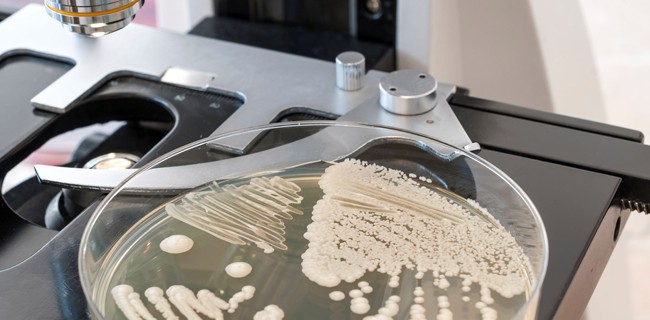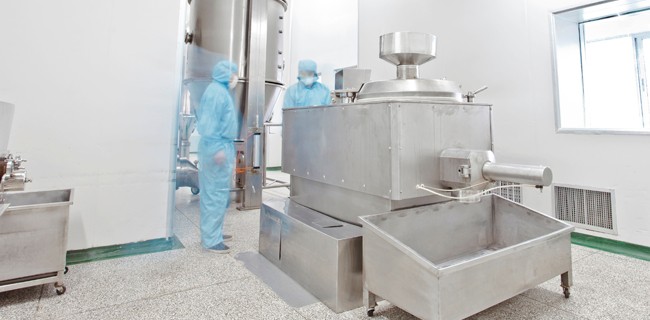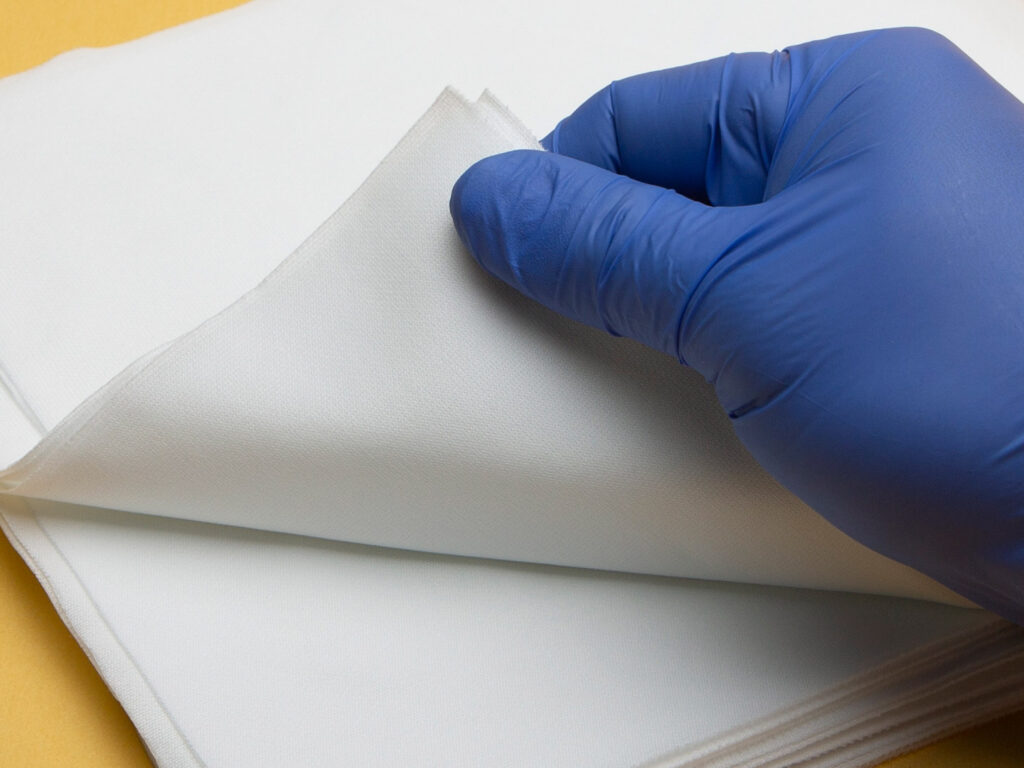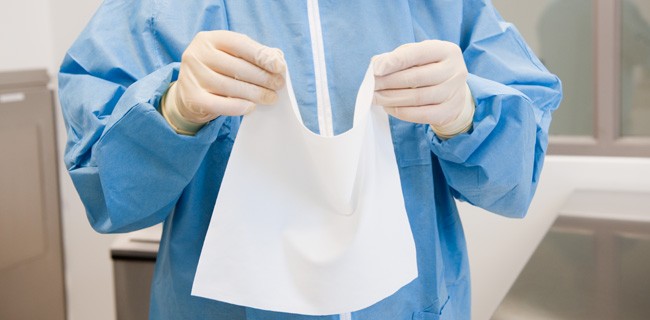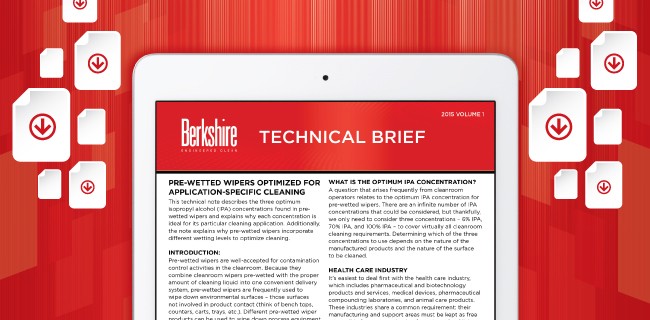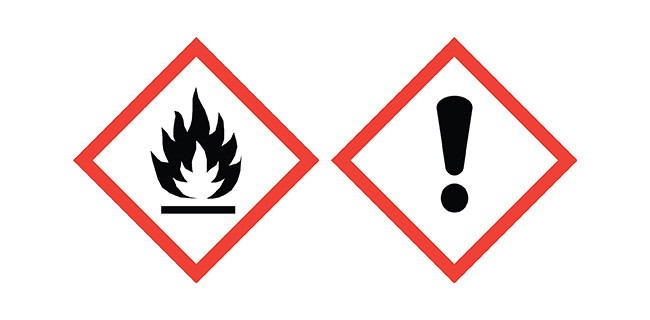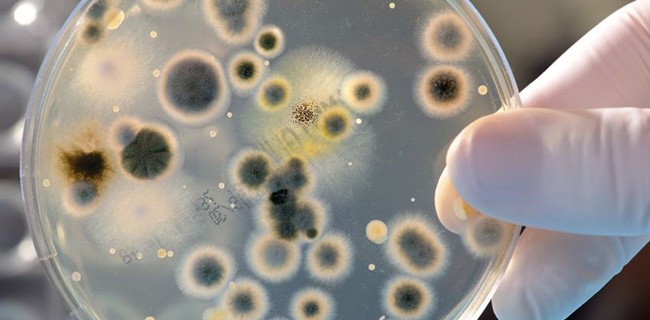In Particles on Surfaces – Part 1, witness wafer and settling plate data showed that particles and bacteria (i.e. viable particles) will settle on cleanroom surfaces. From this we can infer that particles do NOT behave as hard microscopic billiard balls, striking surfaces and rebounding into the air. Rather, through inelastic collisions with the surface, they [Read More…]
Category Archives: Cleaning & Disinfection
Surely cleanrooms qualify. Air filtered everywhere. Operators garbed from head to foot with only a portion of their faces exposed. Spotless stainless steel and plastic surfaces everywhere. No paper or cardboard anywhere. Manufactured product protected. Surely this is cleanliness next to Godliness. Appearances are deceiving. Despite the advances made in the High Efficiency Particle Air [Read More…]
A recent search on Google for the term lint-free wipe returned over 18 million results. A further refinement to “lint-free wipes” returned over 330,000 results. And another search for “lint free wiper” produced over 1.5 million results. A simple change in characters or adding a letter churned out different results. The one thing they have [Read More…]
DOWNLOAD POSTER: An updated guide to properly folding and utilizing a low-linting wiper for maximum cleaning efficiency in a cleanroom, controlled or critical environment.
HERE’S A LOOK at the three optimum isopropyl alcohol (IPA) concentrations found in pre-wetted cleanroom wipers. What is the Optimum IPA Concentration based on your specific application? This Technical Brief presents an overview of: Cleaning liquids: Isopropyl alcohol (IPA) Flammability ratings Transportation and storage concerns Healthcare vs. Microelectronics cleaning applications Volatile Organic Carbons (VOCs) Thank you [Read More…]
The Issue Of Ion Contamination In Electronics Manufacturing Processes Is Of Critical Importance. Therefore It Is Incumbent On Manufacturers To Be Vigilant In Detecting And Minimizing Ionic Contamination. By Howard Siegerman, Ph.D BIG PROBLEMS WITH SMALL IONS THE ISSUE OF ION CONTAMINATION in microelectronics is of critical importance because electronic device failures have been directly linked [Read More…]
ISOPROPYL ALCOHOL (IPA) is widely accepted as a good liquid for keeping cleanroom surfaces in pristine condition. But what about methyl, ethyl, or butyl alcohol? Why aren’t these types of alcohols considered for cleanroom cleaning, too? It all comes down to performance, safety, and price. Methyl Alcohol And Evaporation At room temperature, methyl alcohol has three [Read More…]
HOUSEHOLD BLEACH is well known for its ability to remove stains and whiten clothes during laundering. Bleach also finds application in health care facilities with cleanrooms. Such applications include aseptic pharmaceutical suites, biomedical device manufacturing and compounding pharmaceutical facilities that require the biocidal and sterilant capabilities of bleach. Bleach solutions, which are active against bacteria, viruses, [Read More…]
YOU CAN BUY SOLVENTS like acetone and turpentine from a hardware store, but you really shouldn’t. Solvents sold in the hardware store are not refined to the level required for cleanroom cleaning. When applied to surfaces, the hardware store variety of solvents will leave visible residues behind after they have evaporated. Cleaning With Acetone Or Turpentine [Read More…]
THOUGH PHENOLIC SOLUTIONS are often referred to as “cleaning solutions,” they actually deviate somewhat from the typical cleaning solution. Generally, cleaning solutions are characterized by their ability to remove soils (contaminants) from surfaces. Phenolic solutions don’t really do this. Cleaning solutions remove soils from surfaces by lowering the surface tension of the thin water layer that [Read More…]


















